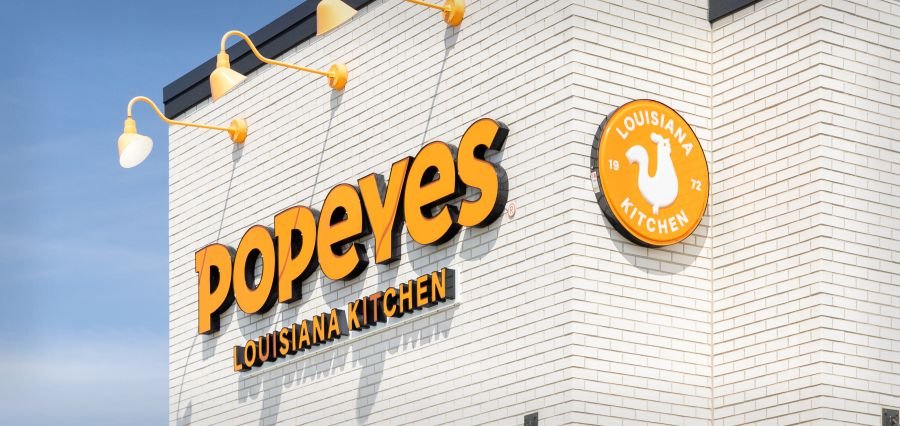Prime Highlights
- Starbucks shares rose after CEO Brian Niccol reported good signs of a turnaround on the “Back to Starbucks” brand turnaround program.
- Same-store sales fell, but investor sentiment was boosted by improvement in services and resilience in the China market.
Key Facts
- Revenue in Q3 was $9.46 billion, beating analyst forecasts but profit fell on account of investment costs.
- US sales declined for the second consecutive month but China registered an increase, boding well for expectations about recovery globally.
Key Background
Starbucks is also seeing strategic change under CEO Brian Niccol, who took over as CEO mid-2024. The new direction of the company is rooted in its “Back to Starbucks” strategy that is concentrating on enhancing store customer experience, streamlining operations, and rekindling brand loyalty. The new direction comes as the company is under pressure with store traffic declining in the U.S. as well as mounting competition.
The key to the turnaround is the Green Apron Service program, operating in 1,500 U.S. stores. It focuses on further employee training, quicker service, and one-to-one customer contact. Niccol demonstrated that Starbucks will launch the program across the country in August after posting staggering gains in service speed and customer satisfaction. The strategy is designed to reinvent Starbucks as a “third place” for customers—a welcoming oasis between home and work.
Financially, Starbucks posted a higher-than-expected third quarter with revenues increasing by some 4% to $9.46 billion. Adjusted earnings per share, however, fell to $0.50 from the analyst-estimated $0.65. This is a result of higher operating investments such as hosting a giant leadership summit which gathered more than 14,000 store managers, reflective of the seriousness of the brand to perform a cultural reset and also frontline leadership development.
Offshore markets power the turnaround. China, specifically, contributed to 2% same-store sales growth, in part to help buffer further weakness in the U.S. business. Starbucks is also negotiating partnership agreements for its China business, seeking to preserve a high level of ownership of the market. This balanced strategy sets the company up for long-term stability in multicultural markets.
In spite of pressure for short-term profitability, Starbucks’ focus on global innovation, operational consistency, and cultural service is providing investors reason for hope for a sustainable turnaround.






